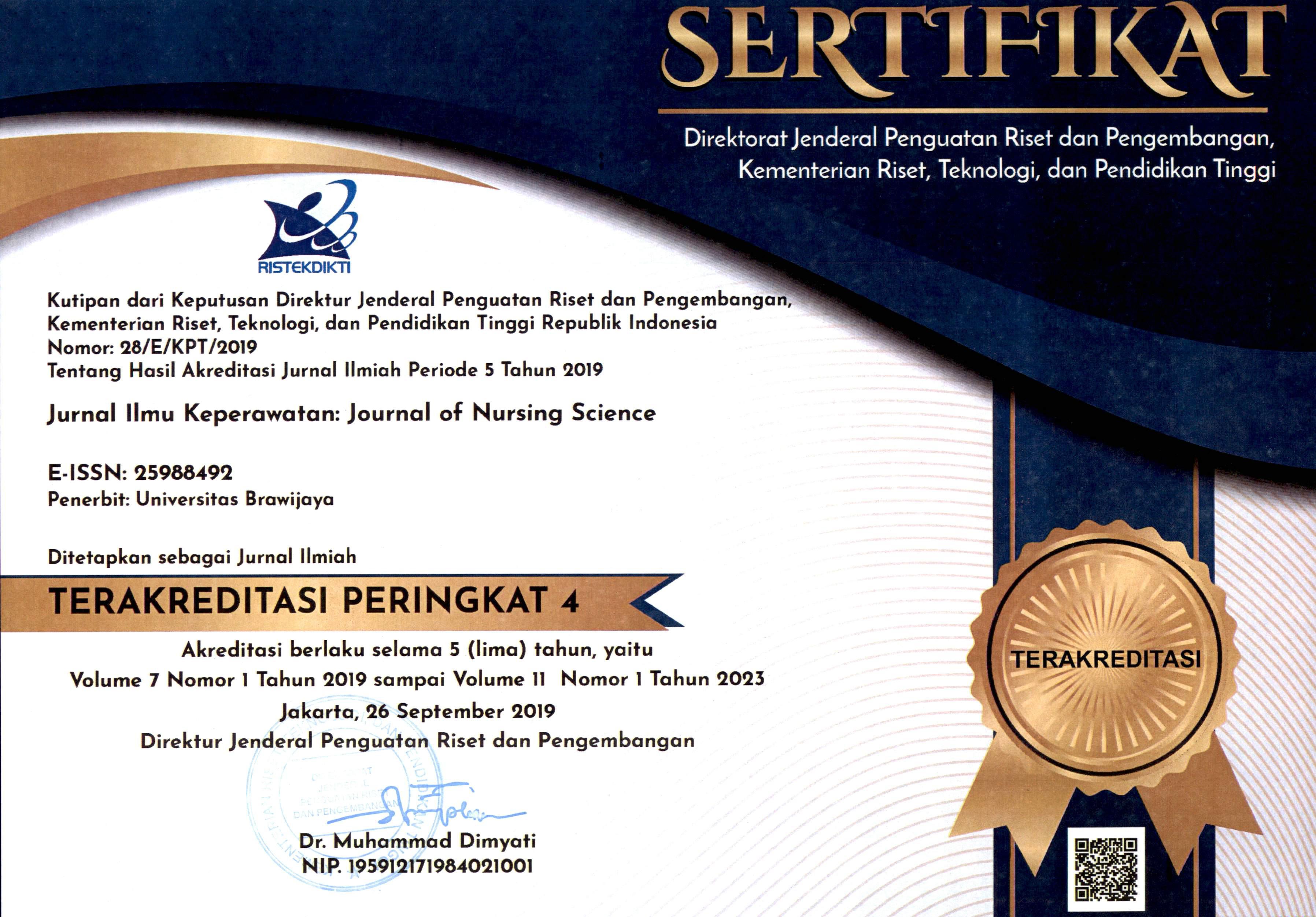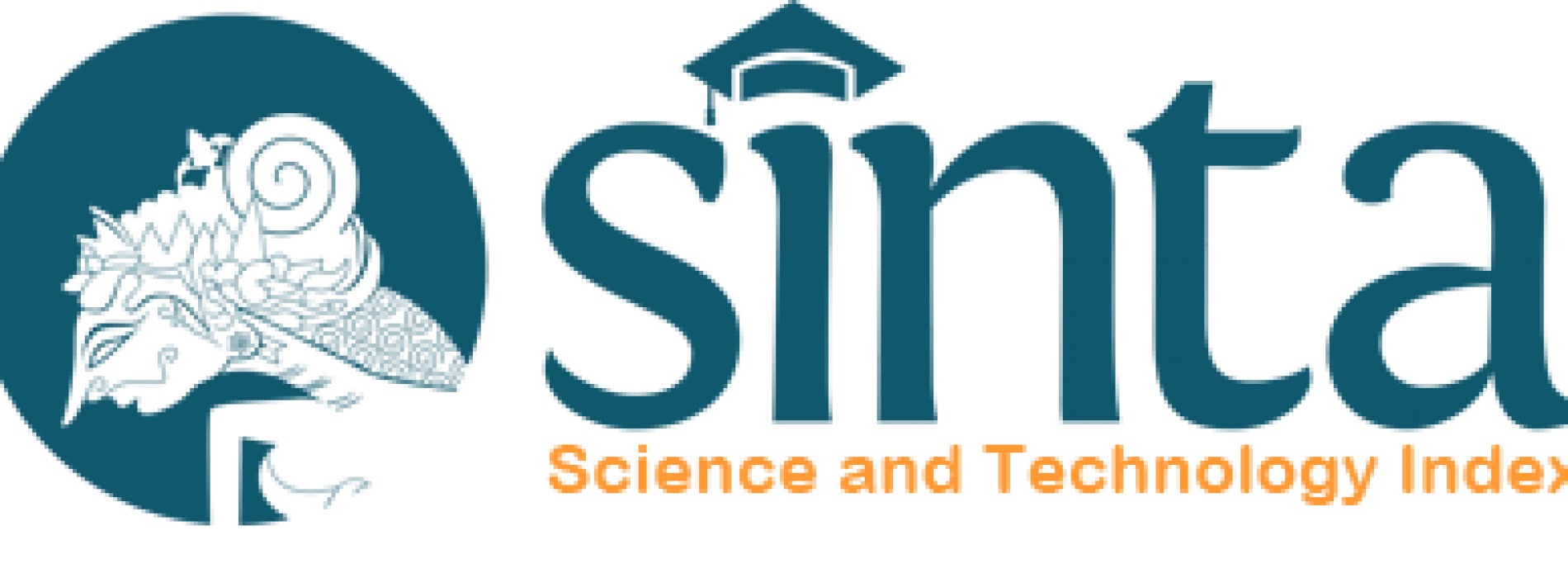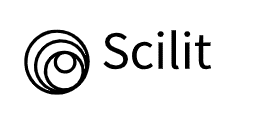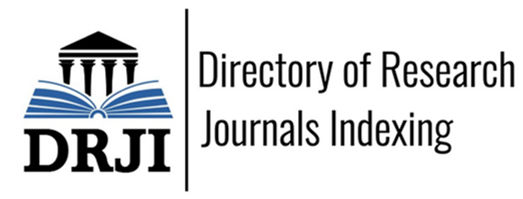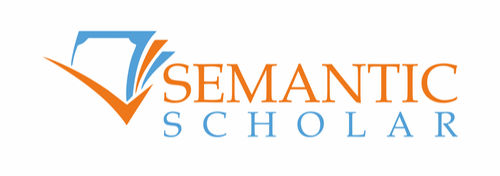RELATIONSHIP OF BODY IMAGE WITH EATING DISORDER IN FEMALE ADOLESCENT
DOI:
https://doi.org/10.21776/ub.jik.2020.008.01.8Keywords:
body image, eating disorder, female adoloscentAbstract
adolescent think that a thin, slim and small body is a perfect form. The existence of
changes in the increase in body fat during puberty causes female often feel less satisfied
and causes adolescents to control body weight to achieve the ideal body shape concept.
The aim of study to find out the relationship between body image with eating disorder
in female adolescent. This study used an analytical method with a cross sectional design
that included 80 students of SMK Borneo Lestari. Subjects were chosen by stratified
random sampling technique. The research instrument was a Multidimensional Body
Self Relations Questionnaire Appearance Scale (MBSRQ-AS) questionnaire and Eating
Attitude Test (EAT) questionnaire which was modified. Data analysis using spearman
correlation test. The results showed the majority of respondents had a positive body
image (81.9%) and had a risk of mild eating disorders (56.3%). The Spearman correlation
test showed that there was no significant relationship between body image and eating
disorder in female adolescent pv = 0.717 (α> 0.05). This shows that the higher the total
body image of a person, the higher the total score of eating disorders, which means the
more positive the body image will be risk to mild of eating disorders.
References
- Academy for Eating Disorder. Prevalence of eating disorders, 2006. Austria: Academy for Eating Disorder.
- Agras WS. The consequences and cost of the eating disorder. America: Psychiatry Clinical of North America; 2001.
- Atwater, E & Karen GD. 2005. Psychology for living. Journal Psychology. 8(1) : 01-02.
- Dwintasari AM. Hubungan persepsi tubuh (body image) dengan gangguan makan (eating disorder) pada mahasiswi fakultas ilmu kesehatan universitas muhammadiyah Surakarta. Universitas Muhammadiyah Surakarta, 2018.
- Hasmalawati, N. 2006. Pengaruh citra tubuh dan perilaku makan terhadap penerimaan diri pada wanita. Jurnal psikoislamedia. 2(2) : 01-02.
- Hilton, Penelope Ann. Fundamental nursing skills. Philadelphia: Whurr Publishers; 2005.
- Kearney, CA & Trull, TJ. Abnormal psychology and life: a dimensional approach. Cengage Learning : Wadsworth; 2012.
- Keliat BA. Gangguan konsep diri. Jakarta: EGC; 1994.
- Kementrian Kesehatan RI. Infodatin: pusat data dan informasi kementrian kesehatan RI, 2015. Jakarta Selatan: Kementrian Kesehatan RI.
- Kurniawan, MY & Briawan, D. 2014. Persepsi tubuh dan gangguan makan pada remaja perempuan. Jurnal Gizi dan Pangan. 9(2) : 01-02.
- Kusmiran E. Kesehatan reproduksi remaja dan wanita. Jakarta: Salemba Medika; 2011.
- Kusumajaya, A.N,, Wiardami, N et al. 2008. Persepsi remaja terhadap body image (citra tubuh) kaitanya dengan pola konsumsi makan dan status gizi. Jurnal Skala Husada. 5:01-5.
- Makino, M., Tsuboi, K & Dennerstein, L. 2004. Prevalence of eating disorder: a comparison of western and non western countries. Journal of Health Psychol. 7(6) : 75-84.
- Murasmutia, Azalea, Tuti & Arista. Hubungan antara citra tubuh dan kepercayaan diri dengan perilaku konsumtif terhadap pakaian pada mahasiswi fakultas hukum universitas sebelas maret Surakarta. Jurnal psikologi fakultas kedokteran universitas sebelas maret Surakarta, 1(1):01-02.
- Nevied, Rathus & Greenee. Psikologi abnormal edisi kelima. Jakarta: Erlangga; 2003.
- Santrcok JW. Adolescent: Perkembangan remaja. 6rd edn. Jakarta: Erlangga; 2003.
- Siregar RUP. Hubungan citra tubuh dengan gangguan makan pada remaja putri masa pubertas. Jurnal program studi kesehatan masyarakat universitas airlangga. 2016; 1(1):01-02.
- Soetjiningsih. Tumbuh kembang remaja dan permasalahannya. Jakarta : Sagung Seto; 2004.
- Syarafina A & Probosari. 2014. Hubungan eating disorder dengan status gizi pada remaja putri di modeling agency semarang. Journal of nutrition college. 3(2): 48-53.
- World Health Organization (WHO). 2014. Media centre WHO calls for stronger focus on adolescent health. WHO Media Centre. 1 (1) : 2-5.
Downloads
Published
How to Cite
License
Authors published in this journal agree to the following terms:
1. The copyright of the received article shall be assigned to the journal as the publisher of the journal. The intended copyright includes the right to publish the article in various forms (including reprints). The journal maintains the publishing rights to the published articles.
2. Authors may enter into separate additional contractual agreements for the non-exclusive distribution of the published journal version of the work (for example, posting it to an institutional repository or publishing it in a book), with acknowledgment of their initial publication in this journal.
3. Authors are permitted and encouraged to post their work online (e.g. in an Institutional Repository or on their website) before and during the submission process, as this can result in a productive exchange, as well as earlier and larger citations of the published work.
4. Articles and all related material published are distributed under Creative Commons Attribution-NonCommercial 4.0 International License or CC BY-NC 4.0 license.
JNSU is licensed under a Creative Commons Attribution-NonCommercial 4.0 International License or CC BY-NC 4.0 license.



